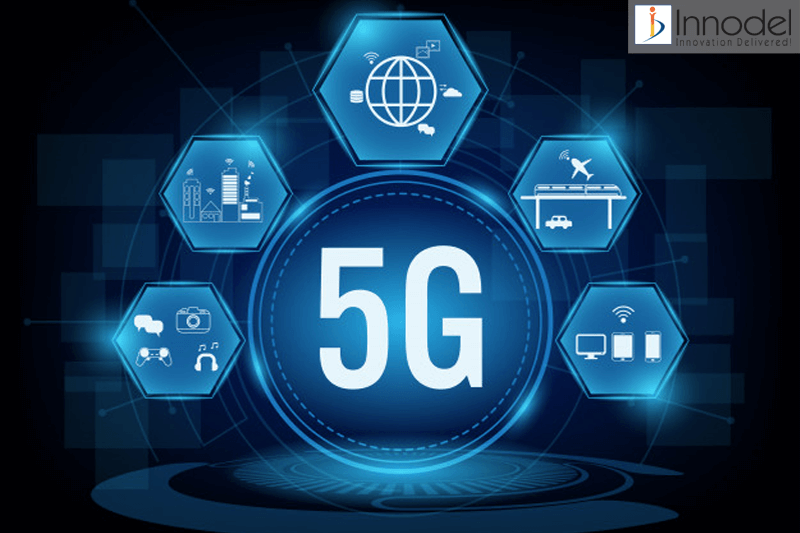Blitz News Digest
Stay updated with the latest trends and insights.
Why 5G is the New Black
Discover why 5G is shaping the future and revolutionizing tech trends—don't get left behind in this high-speed evolution!
How 5G is Revolutionizing Connectivity: The Benefits You Need to Know
The introduction of 5G technology is reshaping the landscape of connectivity, facilitating faster and more reliable internet access for users worldwide. With speeds up to 100 times faster than 4G, 5G allows for seamless streaming, quicker download times, and enhanced gaming experiences. This revolutionary technology also supports significantly more devices per square kilometer, which is essential in our increasingly connected world. As smart cities and the Internet of Things (IoT) expand, the ability to connect numerous devices simultaneously will become crucial for both personal and industrial applications.
Moreover, the benefits of 5G extend beyond just speed and connectivity; it also opens up new avenues for innovation. Industries such as healthcare, education, and transportation stand to gain immensely from 5G capabilities. For instance, telemedicine applications can thrive with improved video consultations, while classrooms can adopt interactive learning environments with augmented and virtual reality technologies. Additionally, with lower latency, autonomous vehicles will be able to communicate in real-time, enhancing safety and efficiency on our roads. In summary, the transformative power of 5G is poised to enhance our everyday lives and drive forward the next wave of technological advancements.

5G vs. 4G: What’s the Real Difference and Why It Matters
The evolution from 4G to 5G technology represents a significant leap in mobile communication. While 4G offered increased speeds and improved connectivity, 5G takes this a step further by providing ultra-fast data transmission rates, typically exceeding 100 Mbps. One of the main differences lies in latency. With 4G, latency can be around 30-50 milliseconds, whereas 5G reduces this to as low as 1 millisecond. This decrease in latency is crucial for applications that require real-time responsiveness, such as online gaming, augmented reality, and autonomous vehicles.
In addition to improved speed and latency, 5G also supports a much higher density of connected devices. It is designed to handle up to 1 million devices per square kilometer, compared to 4G’s limit of around 100,000 devices. This capability is essential as our world becomes increasingly interconnected, with the rise of the Internet of Things (IoT) where everyday devices are linked to the internet. Understanding these differences between 4G and 5G is vital for consumers and businesses alike, as the adoption of 5G will enable new innovations and revolutionize various industries.
Is Your Device 5G-Ready? A Guide to Upgrading Your Tech
As 5G networks continue to roll out globally, many tech users are left wondering: Is your device 5G-ready? Upgrading to a 5G-compatible device will not only enhance your internet speeds but also improve connectivity and overall performance. To determine if your current device can support 5G, check the manufacturer’s specifications or navigate to your device settings. Look for indicators that specify 5G capability, which may include terms such as NR (New Radio) or sub-6 GHz support. If you're still unsure, consider consulting with your service provider for assistance.
If you find that your device is not 5G-ready, don't worry! Upgrading your tech doesn't have to be daunting. Here are some steps to guide you through the process of acquiring a new 5G-compatible device:
- Research different 5G devices available on the market, comparing features, performance, and price.
- Check for compatibility with your current service provider to avoid any network issues.
- Consider your needs—whether you need a smartphone, tablet, or laptop that supports 5G.
By following these steps, you'll be well on your way to enjoying the benefits of 5G technology!